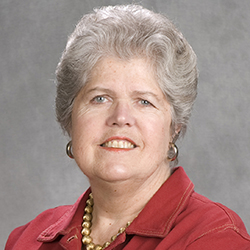
BY EMILY GILL
Freedom” is a word much bandied-about these days. Those disliking masks in schools want freedom from mask mandates. Those who fear the teaching of critical race theory in public schools — never mind the fact that it only appears in higher education and beyond — want “freedom of thought,” meaning freedom from material that might lead students to put aside rose-colored glasses when studying American history. Those who want to remove books from school curriculums and libraries desire parental freedom to protect children from any ideas that they personally find objectionable.
On the other hand, those who want to retain masks believe that those who are vulnerable — children too young for vaccination, those with preexisting conditions, and the elderly — should have the freedom to live more normal lives rather than hiding at home. Those advocating a more balanced picture of American history want freedom to promote a diversity of viewpoints. Those in charge of school curriculums and libraries want the freedom to provide materials appropriate for a wide range of students and their families.
In the mid-twentieth century, the British philosopher Isaiah Berlin drew a well-known contrast between negative liberty or freedom from interference, on the one hand, and positive liberty or the ability to live in accordance with one’s own rationally determined plan of life, on the other. Positive liberty, however, means that individual freedom often requires not merely freedom from interference, but also positive action to enable individuals and groups in the exercise of their own liberties. People on both sides of these controversies want not only freedom from interference, but also public policies that enable them to achieve their own aims. Public policies that benefit some may interfere with the negative liberty of others. As put by Berlin, “Freedom for the wolves has often meant death to the sheep.”
Freedom, therefore, is not subject to a neutral definition. It can be defined in either an exclusionary or inclusive manner. When the Constitution was written in Philadelphia, only 2 percent of the city’s population qualified as voters, and these were free white male property owners. The historian Tyler Stovall in fact defines the concept of “white freedom” as “the belief (and practice) that only white people can or should be free.” Violence was common against both slaves and wives, but could be viewed simply as freedom from interference with the liberties of masters and husbands. During the period of Jim Crow and convict leasing, state governments were free from interference with policies condoned by their electorates. Legalized racial segregation represented white freedom to control public space. LGBT people could be prosecuted for intimate contact, and although the law was often unenforced, the threat of a criminal record was always there.
Much has improved, but much remains to be done. Past racist economic policies concerning housing and mortgages contribute to present-day inequities. LGBT people can serve in the military and may marry, but there is no federal antidiscrimination law. Meanwhile, state governments are passing or considering bills that would criminalize medical care for transgender youth as child abuse. Many states have also passed laws making it harder to vote in the name of preventing nearly-nonexistent election fraud. Too often, freedom from interference accorded to some individuals and groups interferes with both the negative and positive liberty of others.
Emily Gill is Caterpillar Professor of Political Science Emerita, Bradley University

Recent Comments